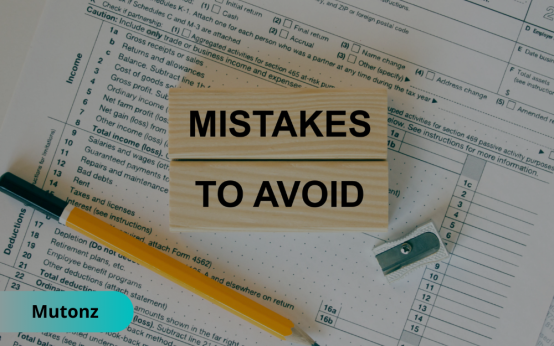You've probably wondered at some point what the difference between statement balance vs. current balance is. Well, you're not alone, many people don't know the answer too.
However, knowing the differences between them is key to understanding how to manage your credit card. So, let's talk about them!
What Is a Statement Balance?
Your statement balance reflects the total amount you owe on your credit card at the end of a billing cycle. It includes all transactions such as purchases, balance transfers, cash advances, interest charges, and fees recorded during that period. The statement balance doesn’t change until the end of the next billing cycle.What Is a Current Balance?
In contrast, your current balance is a dynamic figure that reflects the total amount you’ve spent on your credit card at the time you check it. This includes any new transactions, such as recent purchases, payments, or fees, that have occurred after the billing cycle closed.Statement Balance vs. Current Balance: What’s The Difference?
While the statement balance represents your credit card activity during a billing cycle, the current balance reflects ongoing activity. Here are the differences between them:- Timing:
- Statement Balance: fixed at the end of the billing cycle.
- Current Balance: fluctuates in real-time based on transactions and payments.
- Transactions Included:
- Statement Balance: includes only the transactions within the billing cycle.
- Current Balance: includes all transactions, including those post-billing cycle.
- Impact:
- Statement Balance: used to determine the minimum payment and to avoid interest if paid in full.
- Current Balance: represents your total obligation at any point in time but doesn’t influence interest charges directly.
When Do You Get Charged Interest?
Interest charges apply if you carry a balance from one billing cycle to the next. Paying your statement balance in full by the due date prevents interest accrual. To avoid late fees, you must at least make the minimum payment by the due date, typically 21 to 25 days after receiving your statement. However, if you only make a partial payment, the remaining amount accrues interest, typically at the card’s annual percentage rate (APR).How Do Your Balances Affect Your Credit Score?
Each month, typically at the close of your billing cycle, your credit card provider reports details about your credit usage to the credit bureaus. This information is used to calculate your credit utilization rate, which reflects how much of your available credit you're using at any given time. Your credit utilization rate plays a significant role in determining your credit score. Which will affect many aspects of your financial life, such as getting a loan or even better interest rates. As a rule of thumb, it's recommended to keep your balance below 30% of your total credit limit to maintain a healthy credit profile.Tips for Credit Card Management
- Monitor Your Balances: regularly check both statement and current balances to avoid surprises and maintain financial control.
- Set Up Alerts: use notifications for due dates and spending thresholds to stay on top of your payments and spending.
- Pay on Time: always pay at least the minimum amount due to avoid late fees and maintain a positive payment history.
- Aim for Full Payments: paying your statement balance in full ensures you avoid interest charges and keeps your utilization ratio low.
- Track Spending: use budgeting tools to prevent overspending and manage your cash flow effectively.



 8 Common Mistakes to Avoid When Filing Your Taxes
8 Common Mistakes to Avoid When Filing Your Taxes  Age Limits for Children’s Bank Accounts: What Parents Need to Know
Age Limits for Children’s Bank Accounts: What Parents Need to Know  The Impact of Artificial Intelligence Advancements on the Financial Lives of Americans
The Impact of Artificial Intelligence Advancements on the Financial Lives of Americans